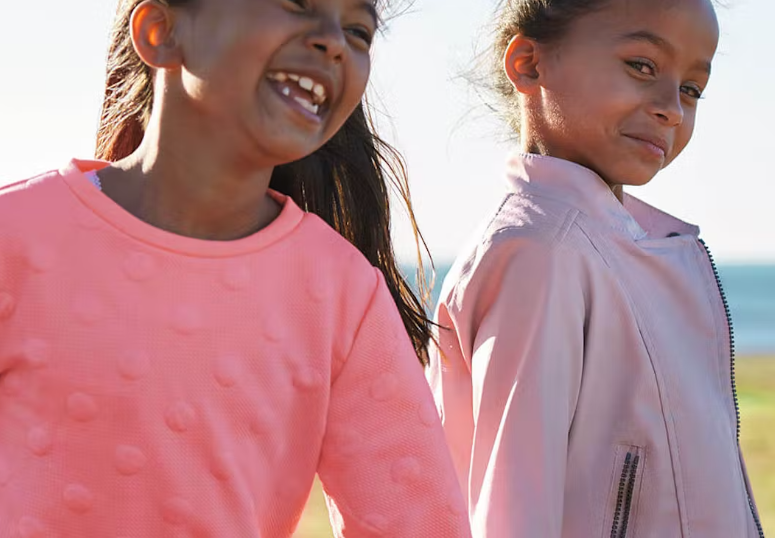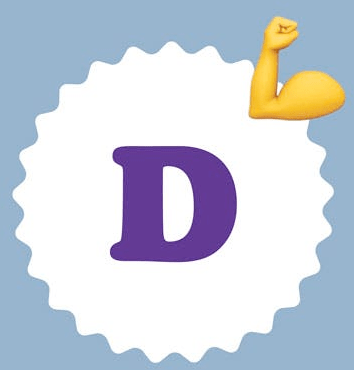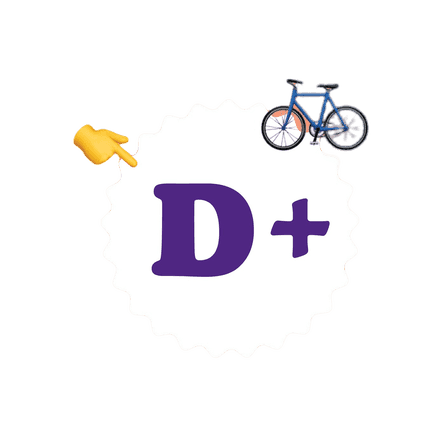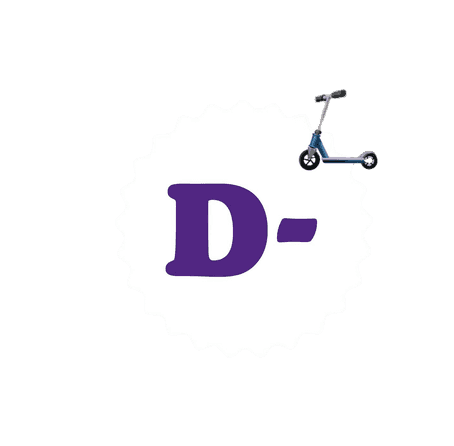2020 Children And Youth Report Card
Family Influence
The 2020 ParticipACTION report card on physical activity for children and youth

The COVID-19 effect
Supporting stats
What can we do as families to positively support healthy movement behaviours in our kids?
Each additional 20 minutes of moderate-to-vigorous physical activity by a parent is associated with an additional 5 minutes in their child’s daily physical activity.3
Reclaim family time as active time
The bottom line
Daily step count among children

Screen use among children before bed

The 2020 grades are in!
Tools & Resources
Full Report
Overall Movement Behaviours Infographic
Sleep Infographic
Fact Sheet
Highlights Report
Physical Activity Infographic
COVID-19 Study
Communications Toolkit
Consensus Statement
Sedentary Behaviour Infographic
Press Release
Presentation
Resources
About the Children and Youth Report Card
Methodology
General references
References
- MOORE SA, FAULKNER G, RHODES RE, BRUSSONI M, CHULAK-BOZZER T, FERGUSON LJ, MITRA R, O’REILLY N, SPENCE JC, VANDERLOO LM, TREMBLAY MS (2020). IMPACT OF THE COVID-19 VIRUS OUTBREAK ON MOVEMENT AND PLAY BEHAVIOURS OF CANADIAN CHILDREN AND YOUTH:. A NATIONAL SURVEY. MANUSCRIPT SUBMITTED FOR PUBLICATION.
- BLUM RM, RINEHART MANN P. REDUCING THE RISK: CONNECTIONS THAT MAKE A DIFFERENCE IN THE LIVES OF YOUTH. BETHESDA; 2012.. HTTPS://FILES. ERIC.ED.GOV/FULLTEXT/ED412459.PDF.
- GARRIGUET D, COLLEY RC, BUSHNIK T. PHYSICAL ACTIVITY AND SEDENTARY BEHAVIOUR AMONG CANADIAN PARENTS AND CHILDREN LIVING IN THE SAME HOUSEHOLD.. HEALTH REP. 2017; 28(6):3-11.
- CANADIAN FITNESS AND LIFESTYLE RESEARCH INSTITUTE. BULLETIN 8:. ACHIEVING SUFFICIENT STEPS PER DAY AMONG CANADIAN CHILDREN AND YOUTH. OTTAWA, ON: CANADIAN FITNESS AND LIFESTYLE RESEARCH INSTITUTE; 2018.
- CANADIAN FITNESS AND LIFESTYLE RESEARCH INSTITUTE. PARTICIPATION IN ORGANIZED PHYSICAL ACTIVITY AND SPORT. BULLETIN 2:. KIDS CAN PLAY! BULLETIN SERIES. OTTAWA, ON: CANADIAN FITNESS AND LIFESTYLE RESEARCH INSTITUTE.
- TREMBLAY MS, LONGMUIR PE, BARNES JD, BELANGER K, ANDERSON KD, BRUNER B, COPELAND JL, DELISLE NYSTRÖM C, GREGG MJ, HALL N, KOLEN AM, LANE KN, LAW B, MACDONALD DJ, MARTIN LJ, SAUNDERS TJ, SHEEHAN D, STONE MR, WOODRUFF SJ. PHYSICAL LITERACY LEVELS OF CANADIAN CHILDREN AGED 8-12 YEARS: DESCRIPTIVE AND NORMATIVE RESULTS FROM THE RBC LEARN TO PLAY-CAPL PROJECT. BMC PUBLIC HEALTH. 2018;18(SUPPL 2):1036.
- SMITH JJ, EATHER N, WEAVER RG, RILEY N, BEETS MW, LUBANS DR. BEHAVIORAL CORRELATES OF MUSCULAR FITNESS IN CHILDREN AND ADOLESCENTS: A SYSTEMATIC REVIEW. SPORTS MED. 2019;49:887-904.
- CLARKE J, COLLEY R, JANSSEN I, TREMBLAY MS. ACCELEROMETER-MEASURED MODERATE-TO-VIGOROUS PHYSICAL ACTIVITY OF CANADIAN ADULTS, 2007 TO 2017. HEALTH REP. 2019;30(8):3-10.
- RHODES RE, SPENCE JC, BERRY T, FAULKNER G, LATIMER-CHEUNG AE, O’REILLY N, TREMBLAY MS, VANDERLOO L. PARENTAL SUPPORT OF THE CANADIAN 24-HOUR MOVEMENT GUIDELINES FOR CHILDREN AND YOUTH: PREVALENCE AND CORRELATES. BMC PUBLIC HEALTH. 2019;19:1385.
- CANADIAN FITNESS AND LIFESTYLE RESEARCH INSTITUTE. POLICIES FOR SAFE ACTIVE TRANSPORTATION ROUTES IN COMMUNITY DEVELOPMENT. BULLETIN 10: MUNICIPAL OPPORTUNITIES FOR PHYSICAL ACTIVITY BULLETIN SERIES. OTTAWA: CANADIAN FITNESS AND LIFESTYLE RESEARCH INSTITUTE; 2017.
- SMITH C, CLARK AF, WILK P, TUCKER P, GILLILAND JA. ASSESSING THE EFFECTIVENESS OF A NATURALLY OCCURRING POPULATION-LEVEL PHYSICAL ACTIVITY INTERVENTION FOR CHILDREN. PUBLIC HEALTH. 2019;178:62-71.
- OLSEN JR, MITCHELL R, MCCRORIE P, ELLAWAY A. CHILDREN’S MOBILITY AND ENVIRONMENTAL EXPOSURES IN URBAN LANDSCAPES: A CROSS-SECTIONAL STUDY OF 10–11 YEAR OLD SCOTTISH CHILDREN. SOC SCI MED. 2019;224:11-22.
- GOVERNMENT OF CANADA. BUDGET 2018. OTTAWA: GOVERNMENT OF CANADA; 2018. URL:. WWW.BUDGET.GC.CA/2018/DOCS/PLAN/BUDGET-2018-EN.PDF
Strategic & content partner

































